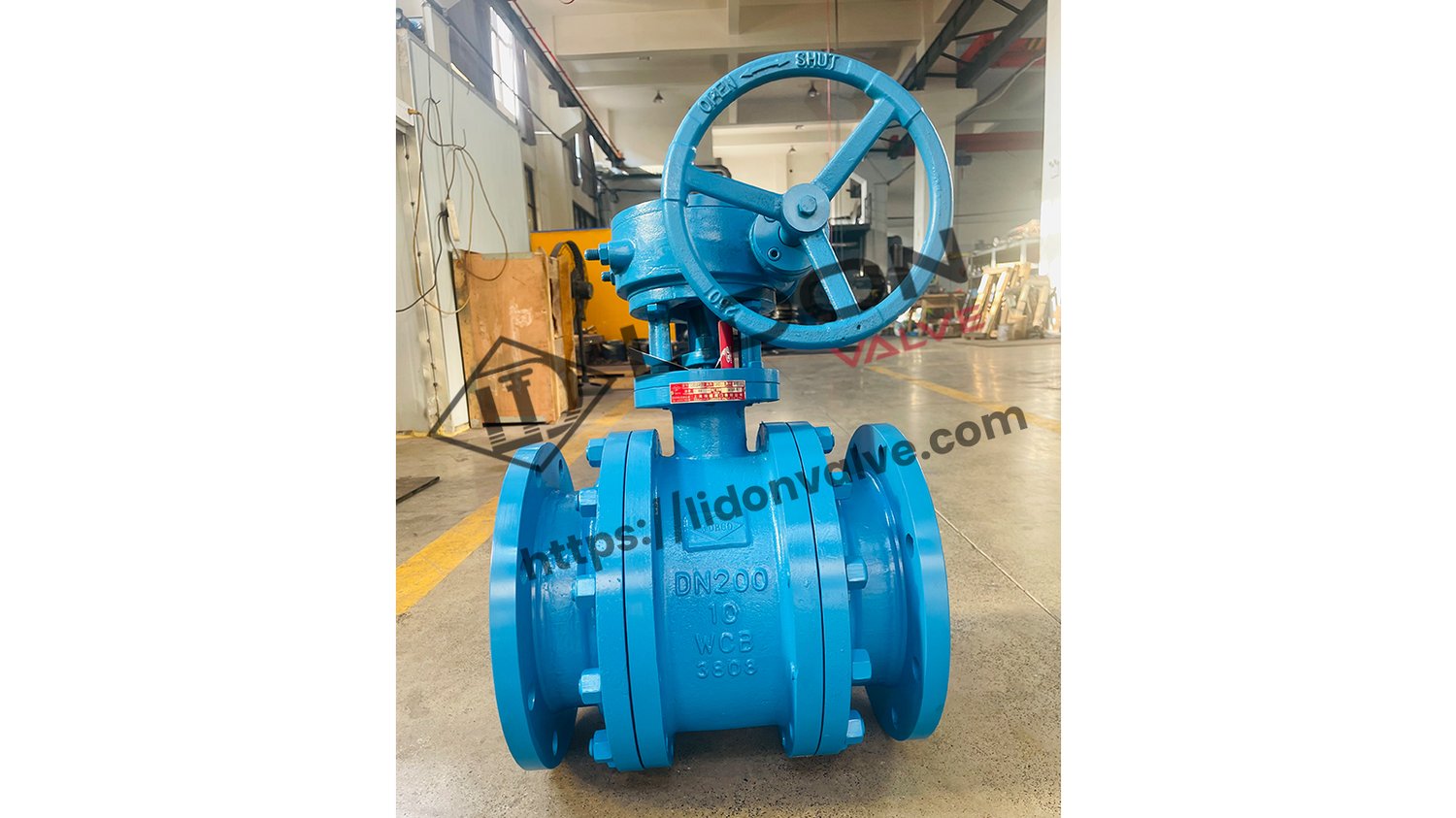Introduction
Ceramic valves are an essential component in various applications, especially in industries like water treatment plants, chemical and petrochemical processing, power generation, and others. These valves are durable, long-lasting, resistant to corrosion and wear, and provide better sealing characteristics compared to traditional metal valves. In this article, we will explore the uses and benefits of ceramic valves in detail.
1. Definition of Ceramic Valve
A ceramic valve is a type of valve that has a ceramic body and other ceramic components like the disc or the seat. Usually, the term 'ceramic' pertains to the component that comes in contact with the medium flow, which can be a liquid or a gas.
2. Types of Ceramic Valves
Ceramic valves can be classified into several types, including ball valves, gate valves, globe valves, butterfly valves, and others. These valves differ based on their structure, design, and applications.
3. Applications of Ceramic Valves
The applications of ceramic valves are vast and varied. One of the main uses of ceramic valves is in water treatment plants. Ceramic valves are ideal for this application because they are resistant to corrosion and wear, and they provide better sealing characteristics compared to other materials.
4. Benefits of Ceramic Valves
The benefits of ceramic valves include their durability, long-lasting performance, resistance to corrosion and wear, and their ability to handle extreme temperature and pressure conditions. Additionally, ceramic valves provide a better seal than metal valves, making them ideal for use in critical applications that require a high degree of precision and efficiency.
5. How Ceramic Valves Work
Ceramic valves typically work by controlling the flow of a medium through an opening or a passageway. The degree to which the valve opens or closes determines the flow rate of the medium. A common type of ceramic valve is the ball valve, which utilizes a floating ball to control the flow of the medium.
6. Advantages of Ceramic Valves over Metal Valves
Ceramic valves have several advantages over metal valves. Ceramic valves are more durable, resistant to corrosion and wear, and have a longer lifespan compared to metal valves. Additionally, ceramic valves provide better sealing characteristics, which makes them ideal for use in critical applications.
7. Factors to Consider When Choosing Ceramic Valves
When selecting ceramic valves for a particular application, there are several factors to consider. Some of these factors include the type of medium being carried, the pressure and temperature conditions, the flow rate requirements, and the budget for the project.
8. Maintenance of Ceramic Valves
Ceramic valves do not require much maintenance compared to metal valves. However, regular inspection and cleaning are necessary to ensure that the valve is operating correctly. It is also essential to avoid exposing the valve to extreme pressure or temperature conditions.
9. Cost of Ceramic Valves
Ceramic valves tend to be more expensive than metal valves because of the materials and the manufacturing process involved. However, the benefits that ceramic valves bring, including durability and non-corrosiveness, outweigh the initial cost in the long run.
10. Conclusion
Ceramic valves are an essential component in various industrial applications. Their durability, long-lasting performance, resistance to corrosion and wear, and better sealing characteristics make them ideal for critical applications that require a high degree of precision and efficiency. Understanding the benefits of ceramic valves can help you make an informed decision when selecting valves for your project.

